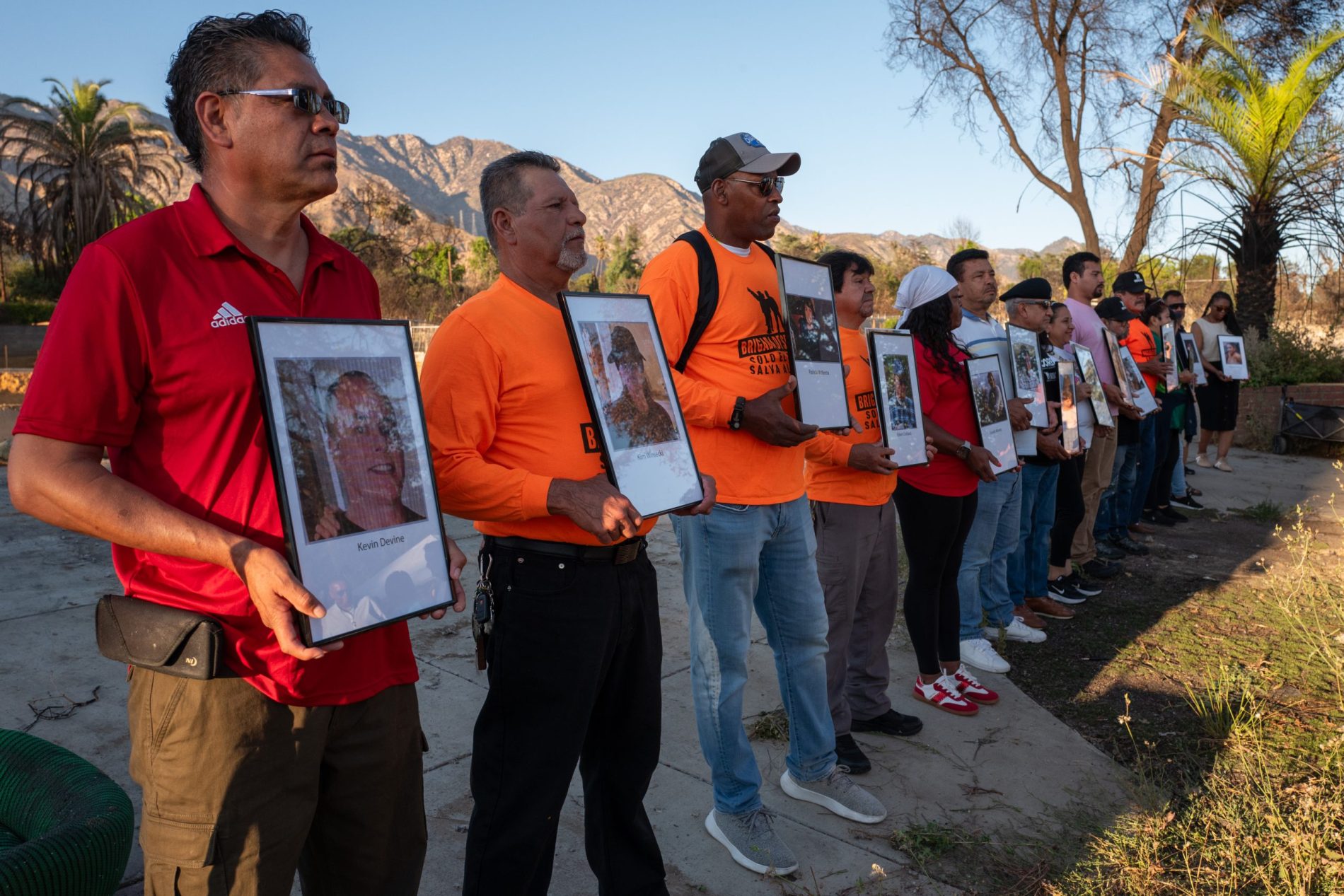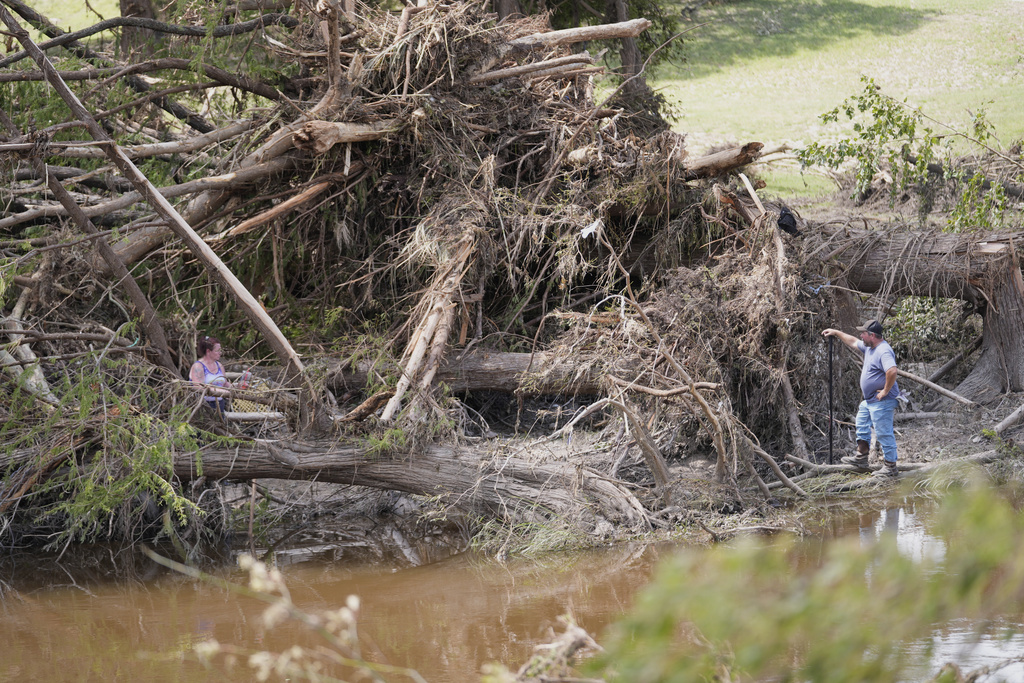
Texas Flood Warning: A Decade of Neglect.

A Community Grapples with Missed Opportunities After Deadly Flood
The recent devastating flood in Kerr County, Texas, which claimed the lives of numerous individuals, including young campers, has brought to light a series of missed opportunities to implement a flood warning system that could have potentially averted the tragedy. For over a decade, state and local agencies have failed to secure approximately $1 million in funding for a project designed to better protect the county’s residents, youth campers, and tourists who frequent the Guadalupe River, a region known as “flash-flood alley.”
The proposed system, which would have included the installation of flood monitoring equipment near areas like Camp Mystic, would have cost an amount comparable to what the county spends on courthouse security every two years, or just a small fraction of its annual budget.
The Contrast: Proactive Measures in Neighboring Communities
While Kerr County struggled to secure funding and overcome internal opposition, other communities in the region took proactive steps to safeguard their residents. In Comfort, Texas, for example, a long, distinctive three-minute warning siren is used to alert the town’s 2,000 residents to the danger of flooding, facilitating timely evacuations. These sirens are regularly tested, ensuring residents are familiar with the warning signal and prepared to respond.
A History of Near Misses and Debates
The need for a robust flood warning system in Kerr County was highlighted in the aftermath of a deadly flood in 2015. The event sparked renewed discussions about installing monitoring systems and sirens to alert the public when the river reached dangerous levels. Some officials, remembering a 1987 flood that tragically killed eight people on a church camp bus, felt a sense of urgency to implement preventative measures.
However, the proposal soon encountered resistance. Some residents and elected officials voiced concerns about the cost of the system and the potential noise pollution from repeated alarms.
Compromises and Unsuccessful Funding Attempts
In an attempt to address these concerns, county commissioners opted for a compromise: a warning system without sirens. This revised plan focused on enhancing flood monitoring through a network of sensors, leaving the responsibility of alerting the public to local authorities. However, the county was unwilling to bear the full financial burden of the project and struggled to find external funding sources.
- The city of Kerrville declined to participate in a joint grant application that would have required a $50,000 contribution.
- The state’s emergency management agency twice rejected the county’s request for hazard mitigation funding, citing deficiencies in the application and later prioritizing communities affected by Hurricane Harvey in 2017.
- A subsequent offer from the state’s flood infrastructure fund, proposing an interest-free loan for the project, was deemed insufficient and ultimately rejected by the agency responsible for managing the watershed.
The Aftermath: Vulnerability and Public Outcry
The failure to implement a comprehensive flood monitoring system left Kerr County vulnerable when heavy rains caused the Guadalupe River to rise rapidly on the Fourth of July.
As the community grapples with the devastation, some are expressing frustration and demanding accountability. One resident, who evacuated her daughters from a local camp before the flooding, has launched an online petition urging Kerr County to install sirens. She emphasized the need for collaboration between city, state, and federal entities to ensure that funding is secured this time.
Moving Forward: Promises and Lingering Anger
While local authorities and state officials have urged the public to refrain from assigning blame in the immediate aftermath of the tragedy, some are beginning to voice their anger and disappointment. A city council member in Ingram, Texas, described it as “unfathomable” that county officials failed to take action despite repeated discussions about the need for a flood warning system. He questioned the prioritization of other expenditures over a system that could have saved lives.
A spokesperson for the Texas Lieutenant Governor stated that lawmakers would approve funding for such projects during an upcoming special session. “The state will provide emergency warning sirens where needed,” the spokesperson wrote.
A History of Rejected Applications and Diverted Funds
Kerr County’s efforts to secure funding for a flood warning system have been hampered by a series of setbacks. In 2016, the county requested a grant through the Texas Division of Emergency Management’s hazard mitigation program, which is supported by funding from the Federal Emergency Management Agency (FEMA).
However, the application was rejected due to non-compliance with federal specifications, including the requirement to have a current hazard mitigation plan on file. The county subsequently hired consultants and engineers to prepare a new application for the next funding cycle in 2017.
The proposed system would have utilized sensors connected to monitoring stations at targeted low-water crossings to detect rising water levels and transmit alerts to local officials and emergency management agencies. This information would then be used to notify the public and contact youth camps and RV parks during emergencies.
Unfortunately, after Hurricane Harvey caused widespread flooding in Texas in August 2017, funding was redirected to counties included in the disaster declaration, excluding Kerr County.
Furthermore, the Kerrville City Council voted against participating in the grant proposal, citing concerns about its planned $50,000 contribution.
A Missed Opportunity with New Funding
In 2019, Texas voters approved a constitutional amendment creating a state flood infrastructure fund with an initial investment of $800 million.
The Upper Guadalupe River Authority, responsible for managing the watershed in Kerr County, revived the project last year, requesting $1 million in funding. The Texas Water Development Board offered a $50,000 grant and a $950,000 interest-free loan for the remainder of the project. However, the river authority declined to pursue the funding, citing unfavorable terms.








